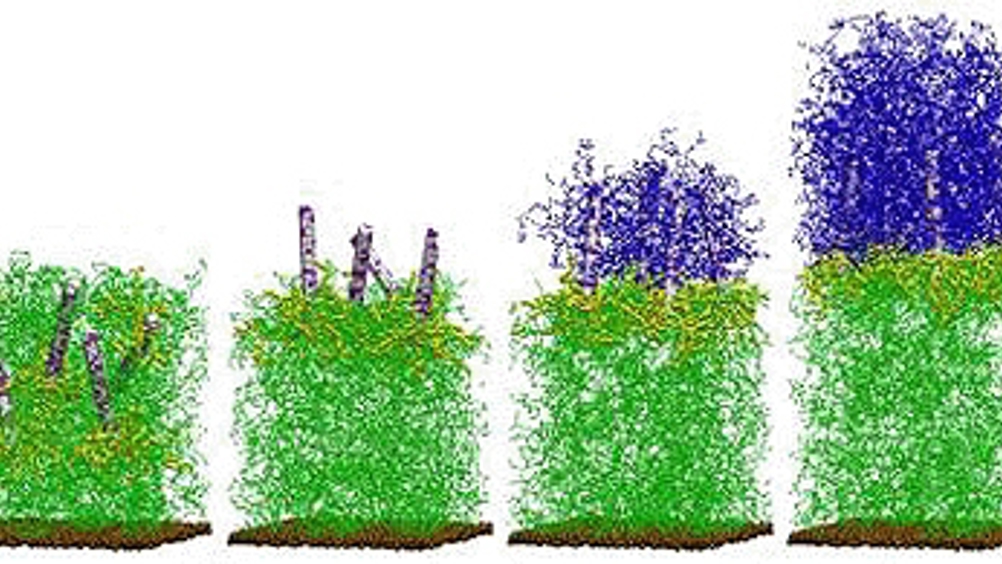Amphibians give clues to the regeneration game
University of Pittsburgh researchers have developed computational models to design a new polymer gel that would enable complex materials to regenerate themselves.

The team from the Swanson School of Engineering took their inspiration from the natural world where amphibians are able to regenerate severed limbs. A paper detailing the research has been published in Nano Letters.
‘This is one of the holy grails of materials science,’ said principal investigator Anna C. Balazs, PhD. ‘While others have developed materials that can mend small defects, there is no published research regarding systems that can regenerate bulk sections of a severed material. This has a tremendous impact on sustainability because you could potentially extend the lifetime of a material by giving it the ability to regrow when damaged.’
Tissue regeneration in amphibians is guided by three sets of instructions – initiation, propagation, and termination – which Dr. Balazs described in a statement as a ‘beautiful dynamic cascade’ of biological events.
‘When we looked at the biological processes behind tissue regeneration in amphibians, we considered how we would replicate that dynamic cascade within a synthetic material,’ Dr. Balazs said. ‘We needed to develop a system that first would sense the removal of material and initiate regrowth, then propagate that growth until the material reached the desired size and then, self-terminate the process.’
Register now to continue reading
Thanks for visiting The Engineer. You’ve now reached your monthly limit of news stories. Register for free to unlock unlimited access to all of our news coverage, as well as premium content including opinion, in-depth features and special reports.
Benefits of registering
-
In-depth insights and coverage of key emerging trends
-
Unrestricted access to special reports throughout the year
-
Daily technology news delivered straight to your inbox










Simulations show Optimal Design for Bladeless Wind Turbines
"an 80cm mast" Really? I'm short but that's only half my height! Do they mean 800cm?